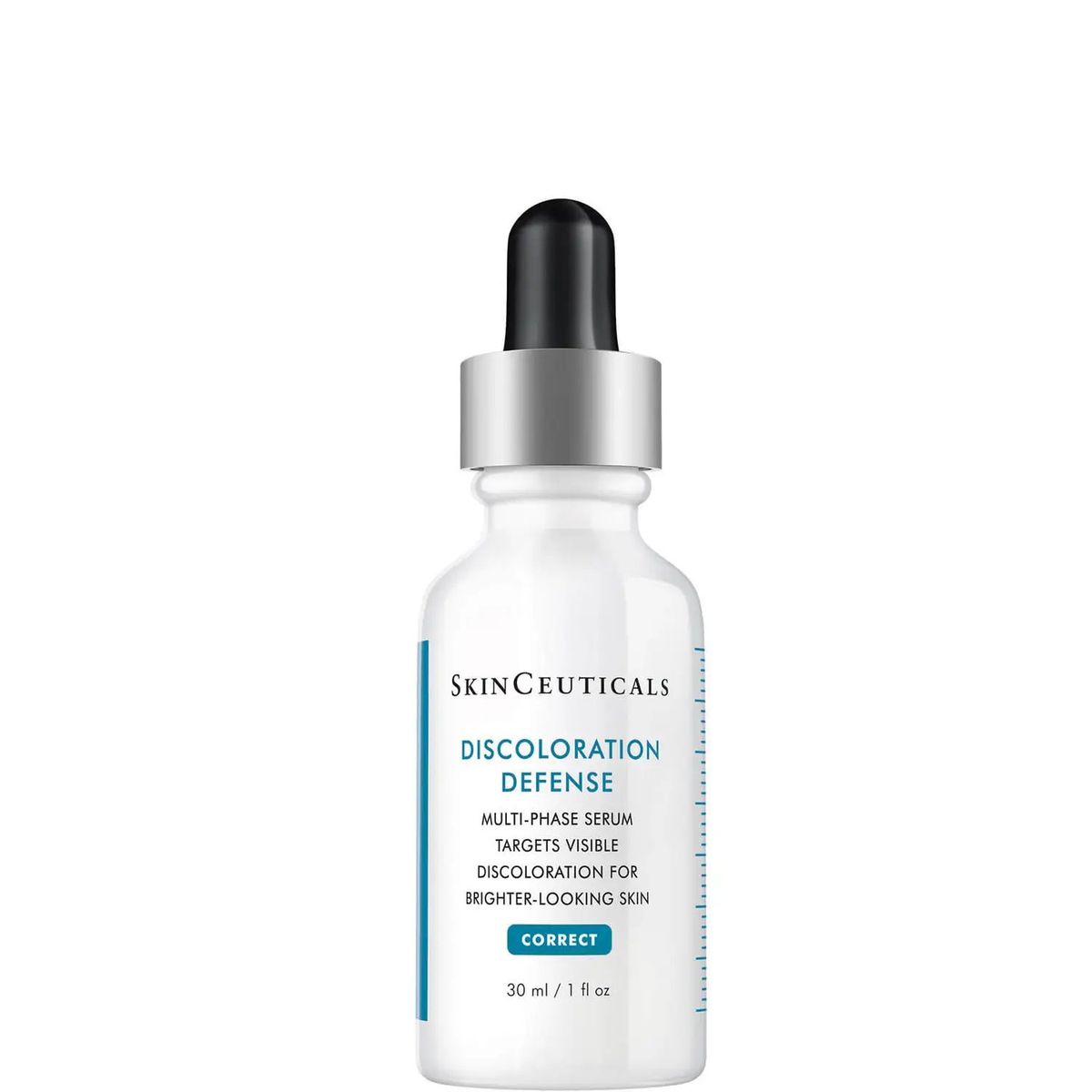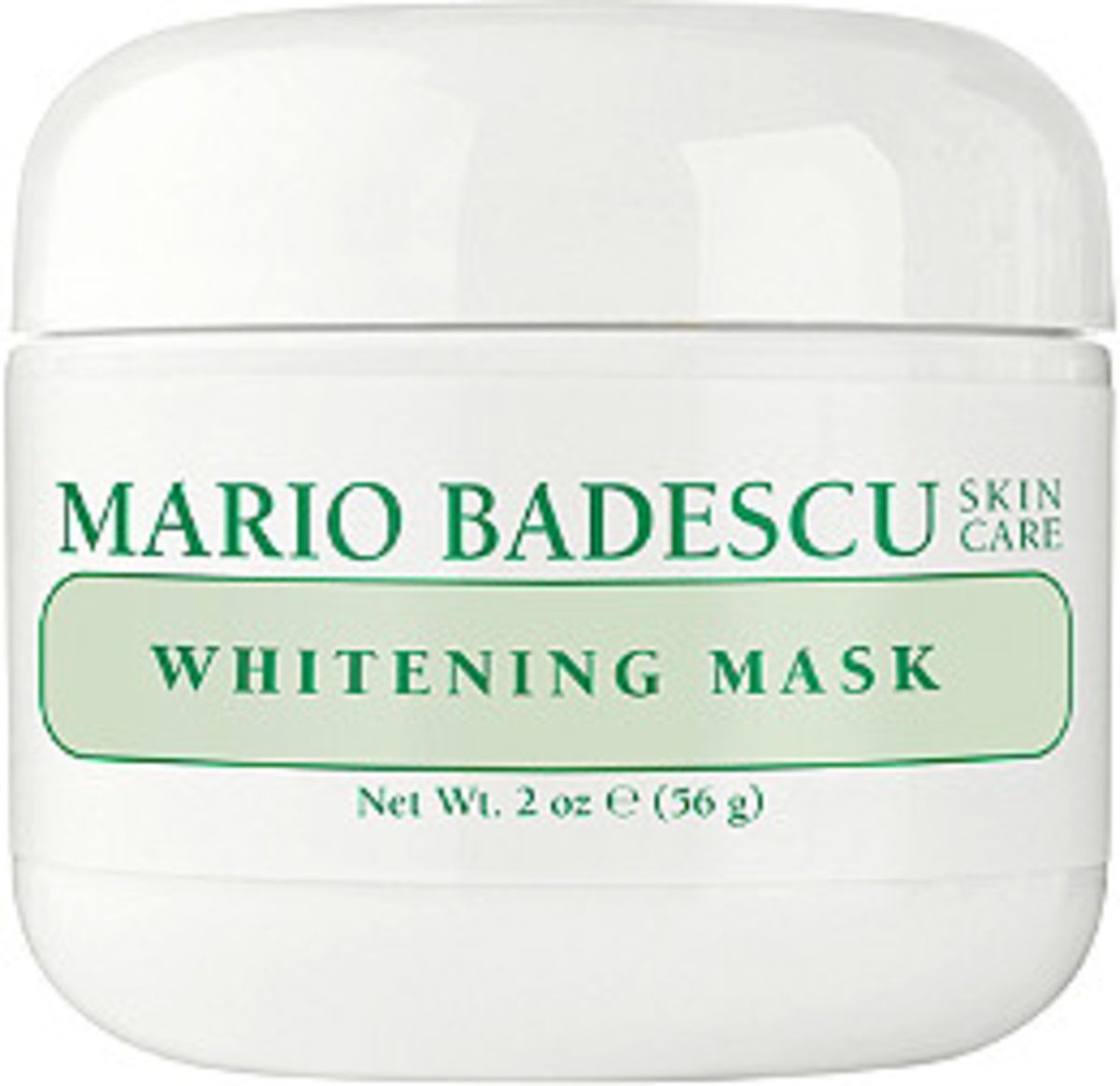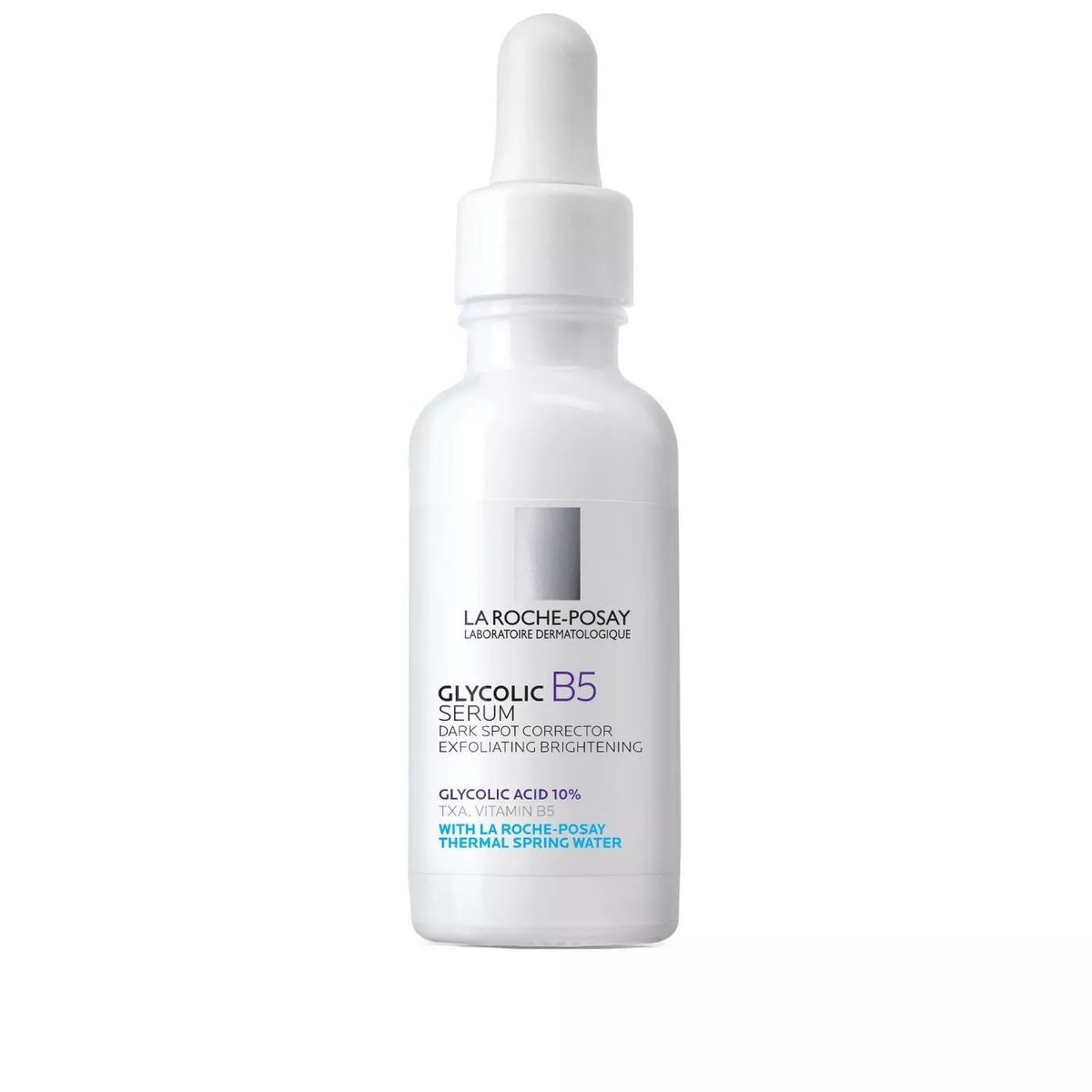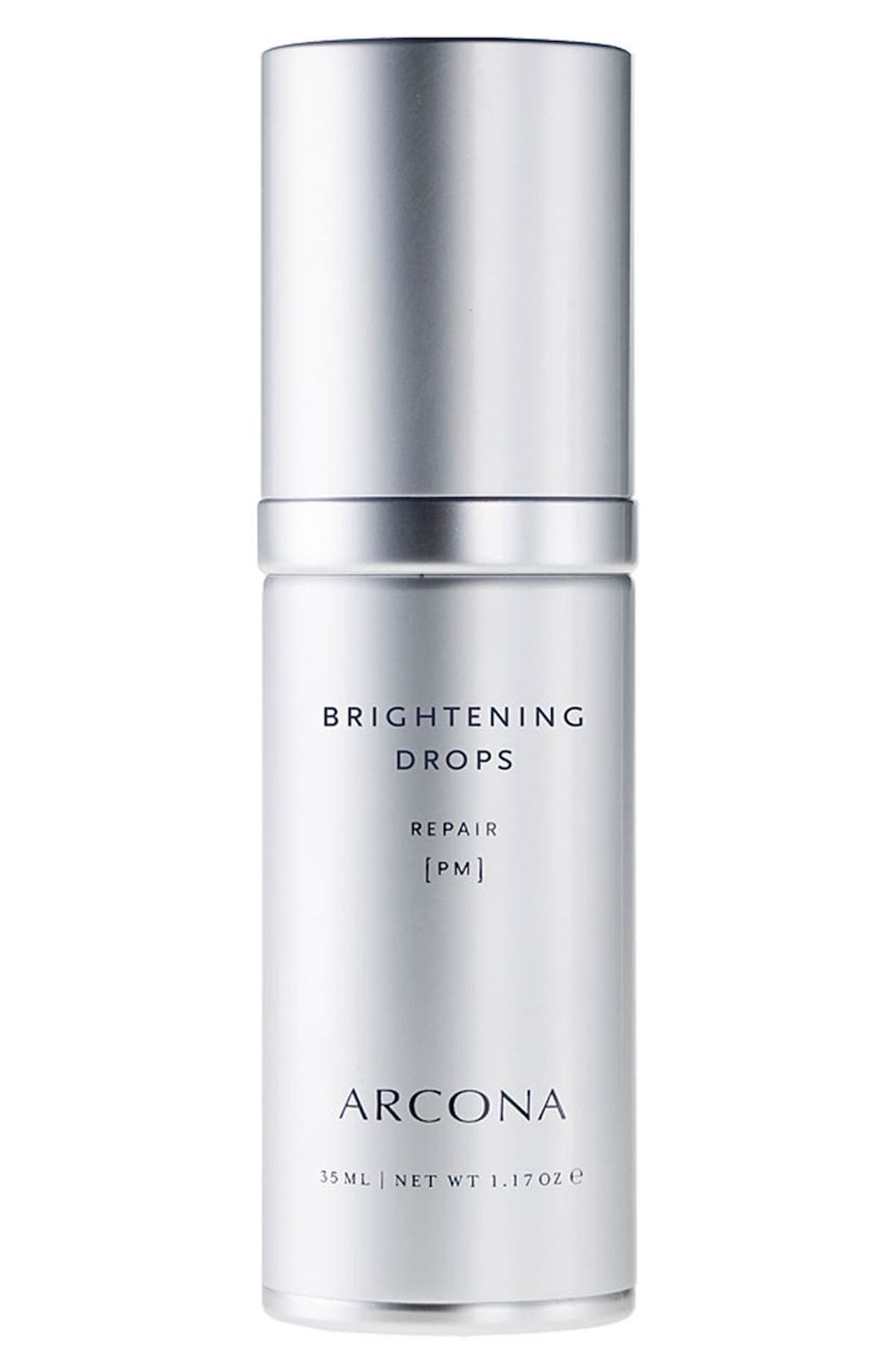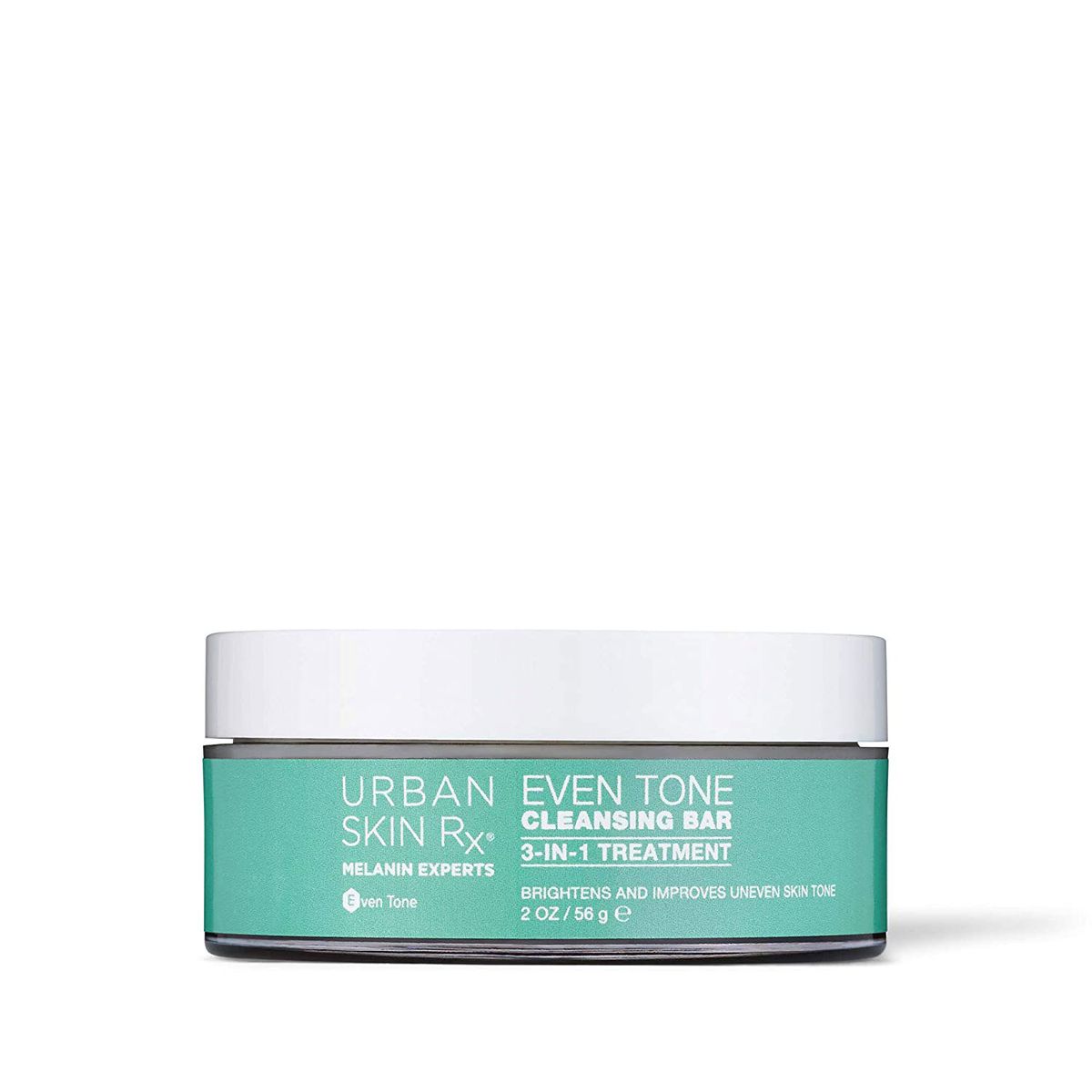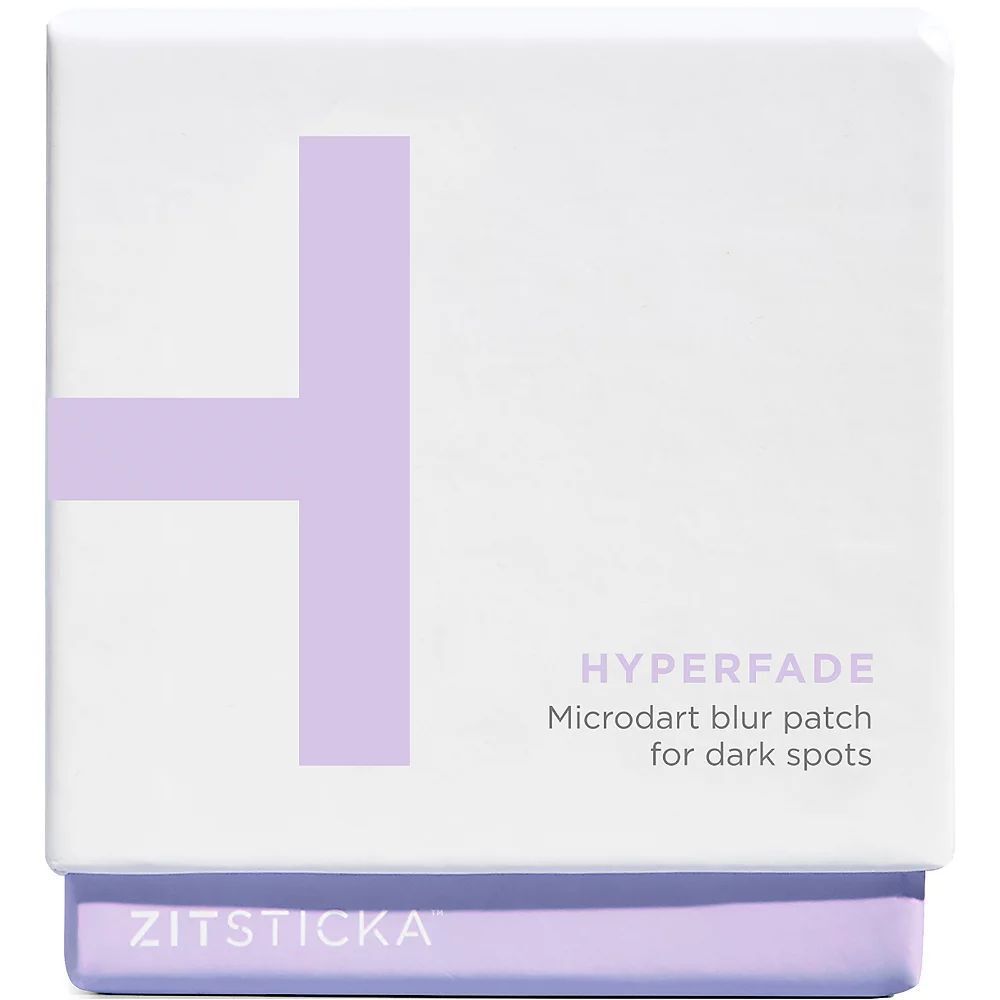Most of us are working from home these days, so that means a lot of makeup-less days — at least for me anyway. Even though I'm not going anywhere, I still want to put my best complexion forward just for my own self-confidence and, of course, those team Zoom calls. And if you struggle with dark spots, hyperpigmentation, and/or stubborn post-breakout marks like me, kojic acid may just be the answer to your prayers.
If you're asking yourself, "What is kojic acid?" right now, you're not alone. The internet is buzzing over whether or not this ingredient works and is safe to use, so we put together a comprehensive guide on everything you need to know before picking up a kojic acid-infused serum to include in your nightly regime. Read on to find out exactly what it is, how to use it, if your skin can benefit from it, and what the experts are saying.
RELATED: This Is How to Fade Those Dark Spots on Your Skin
What Is Kojic Acid?
Kojic acid is a chemical derived from mushrooms, and can also be created during the sake brewing process from fermented rice. Because of its ability to really penetrate the layers of your skin and stop the production of melanin, kojic acid is usually sought out as a spot-fading treatment, and is often considered a less-aggressive answer to hydroquinone. According to Dr. Jennifer MacGregor, a board-certified dermatologist at Union Square Laser Dermatology, it can be used as a skin brightener and even on produce to prevent browning. "It is a popular skincare ingredient because it is a well-known and studied inhibitor of tyrosinase (the melanin-forming enzyme) in the skin."
Related: The 20 Best Dark Spot Correctors to Fade Hyperpigmentation
Is It Safe?
Despite its "acid" moniker, kojic acid is safe to use, though we wouldn't recommend any of the products designed to completely lighten your complexion as your overall skin tone shouldn't be tampered with; it will eventually shift back to its natural state once you discontinue use, and doing so with excess amounts of the ingredient can cause some serious irritation. Instead, you should use kojic acid-infused products to fade discoloration that wasn't originally on your skin, like age spots, sun spots, or those obnoxious post-breakout marks.
"Kojic acid has mild antioxidant, antimicrobial, and exfoliating properties," Dr. MacGregor tells InStyle. "It's safe and well-tolerated on the face and body even by the most sensitive skin types, so is a great option if you don't want to use (or can't tolerate) ingredients like hydroquinone or retinoids." She adds that a serum or pad infused with kojic acid can be used once to twice a day, depending on the concentration of kojic acid and the product's other ingredients.
Of course as with any product, there is always risk of personal irritation or allergic reaction. Dr. MacGregor stresses the importance of using a mineral sunscreen along with any kojic acid product because, honestly, what good is a brightening cream if you just reverse the treatment and allow sun spots to form? Plus, kojic acid is a mild exfoliant meaning your skin can become more sensitive to the sun after using it.
If your skin leans toward the more sensitive side, board-certified Miami dermatologist of Riverchase Dermatology Dr. Annie Gonzalez warns that the use of kojic acid could lead to irritation, including contact dermatitis, a surface-level red rash. "If your complexion is more on the sensitive side, I recommend using it in small doses," she says.
Who Should Use Kojic Acid-Infused Products?
If you have a a tendency to have an uneven, pigmented complexion, kojic acid could be very beneficial to you. "Kojic acid is a great ingredient to add for those battling pigment of any kind," says Dr. MacGregor. "It works well on pigmentation from sun-damage, melasma, or the common post-inflammatory pigmentation, dark spots that occur after acne, bug bites, or injuries." She adds that it could even improve under eye circles that are a result of hyperpigmentation (though it won't do much for "puffiness, hollowing, or thin skin with visible blood vessels").
Dr. Gonzalez adds that the ingredient can also treat mild wrinkles and photodamage. But in addition to treating discoloration, kojic acid has the unique ability to treat and prevent bacterial infections, like athlete's foot and yeast infections, says Dr. Gonzalez.
How Can I Incorporate It Into My Routine?
"For those with acne or melasma that tend to get brown spots from every little acne bump or scratch, it's an easy ingredient to incorporate daily — usually as a brightening pad in combination with other brighteners and antioxidants." Of course it's best to consult dermatologist for which product and regimen is best for your skin. Depending on your treatment of choice, kojic acid can be used on your skin in a variety of forms — from potent serums, to one-and-done face masks.
Dr. MacGregor says her favorite kojic acid treatment is Union Square Laser Dermatology's popular La Suite Skin Tone Enhancement Therapy Pads — a staple in Ashley Graham's routine. And her skin glows, so I'm sold. Keep on scrolling for the rest of our favorite kojic acid products that can easily be fit into your daily routine.
Dr. Gonzalez swears by the beloved brand’s discoloration serum because it “reduces hyperpigmentation caused by the sun and balances your skin tone.” She adds that it can also target post-acne marks and brown patches.
Its name may be slightly off-putting, but Mario Badescu’s Whitening Mask actually helps to even out your skin tone, rather than lighten it. The kojic acid and licorice help to lighten and reduce pigmentation, like scarring from acne.
Dr. Gonzalez says she loves this product’s ability to improve skin tone and reduce discoloration and dark spots using lipo-hydroxy acid.
These Arcona Brightening Drops are rich in kojic acid. Add into your nightly skincare routine to help brighten your skin for that dewy look in the a.m.
This cleansing bar acts as a gentle everyday alternative to even out your skin tone, but also can contains exfoliant properties and can even be used as a mask.
If you’re looking for a more targeted spot treatment, we recommend these ZitSticka Hyperfade microdart patches, which contain kojic acid and vitamin C to zone in on post-acne dark spots.
Source: Read Full Article

